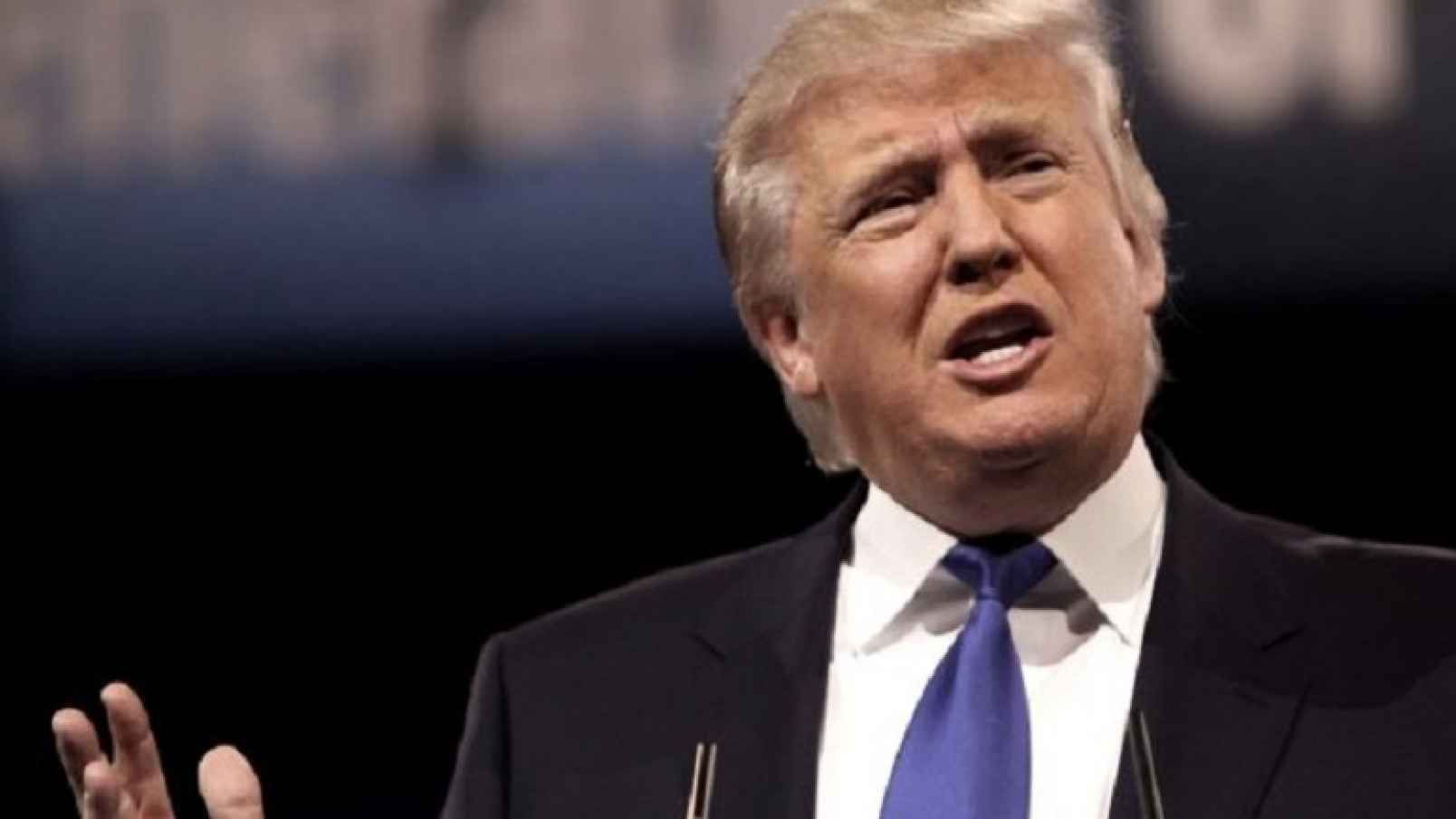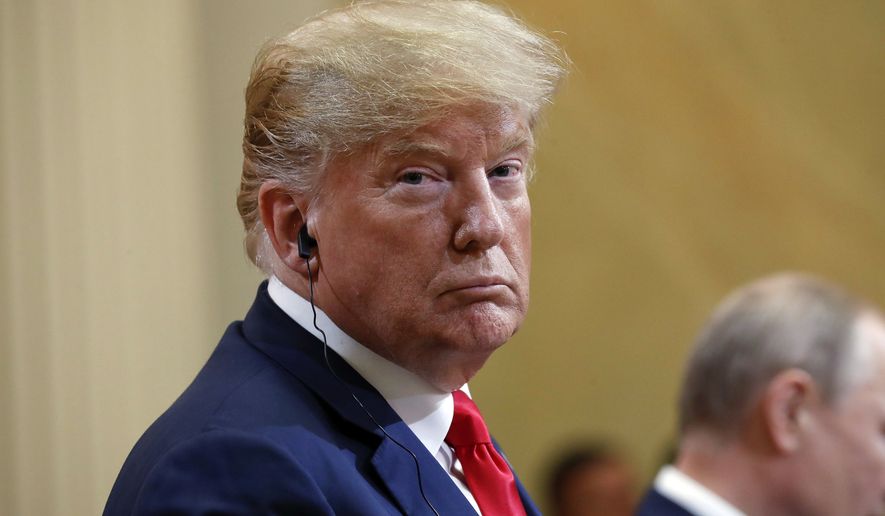An Incomplete Compromise Border Deal: Will President Trump accept and fill in the gaps on his own?
The Democrats are not interested in genuine border security. They reject the idea of effective physical barriers. They want to limit the number of illegal aliens who can be detained, resulting in the release of dangerous criminals into our nation’s communities while these aliens wait years for court hearings on their asylum claims. The Democrats resist controlling the entry of would-be asylum seekers through only the official ports of entry. They call walls “immoral” and consider deportations to be inhumane. Thus, it is no surprise that the most the Democrats were willing to offer to reach a so-called bipartisan compromise on funding for border security turned out to be a paltry $1.375 billion to build 55 miles of new border barriers, with some restrictions attached. The deal could also reportedly place some sort of limitations on the level of detention beds for ICE, although there is some confusion as to exactly how that would work.President Trump was understandably unimpressed, although he did not shut the door completely on ultimately going along with the deal to avoid another government shutdown. “I have to study it. I’m not happy about it. It’s not doing the trick,” Trump said during a cabinet meeting at the White House.
President Trump has several options short of saying “no deal,” assuming that he does not want to see another government shutdown. The president already intimated as much when he said, “I’m adding things to it. It’s all going to happen, where we’re going to build a beautiful, big, strong wall.”
President Trump could sign the government funding bills, including the border security compromise, while at the same time declaring a national emergency under which he would re-allocate unspent monies previously appropriated for other purposes to meet the national security and humanitarian crisis at the southern border. He can point to the approaching caravans from Central America as threatening to further exacerbate the crisis. The National Emergencies Act of 1976 grants the president broad authority to declare emergencies, which he could then leverage under a number of specific federal statutes to use monies already appropriated to address the emergency by building physical barriers. For example, 33 U.S. Code § 2293 allows for the termination or deferment of civil works projects and application of resources to projects deemed essential to national defense.
Read the rest from Joseph Klein HERE. .








Comments are closed.